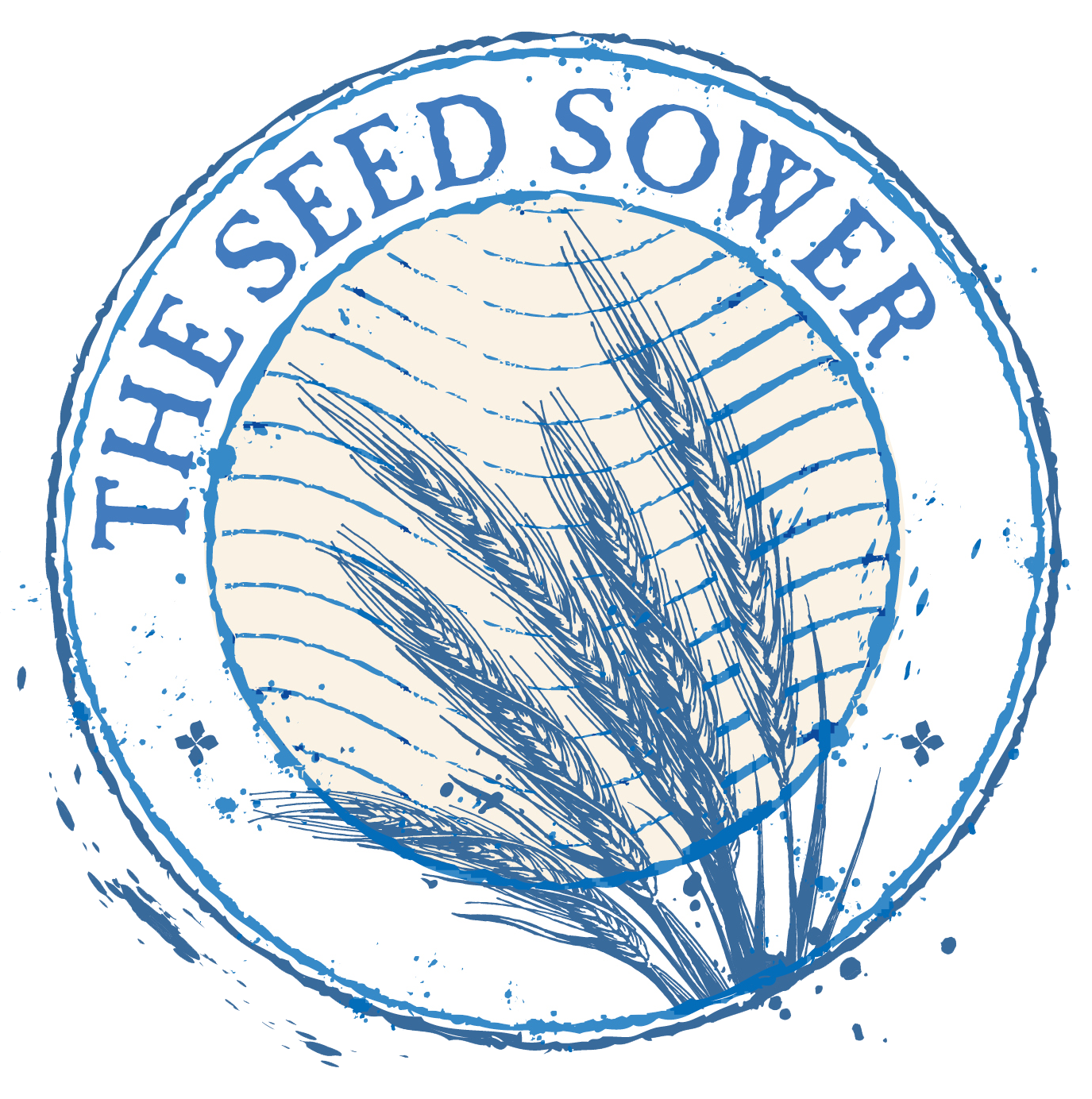Learning New Tricks
April 9, 2021
“We’re doing twice the work we used to do and getting paid the same.”
“This new machine’s not as good as what we had before.”
Are these common refrains from your work environment? Although we’re all no doubt busy, I tend to find that the underlying issues have more to do with technological frustration and change more than most other factors.
Consider the first statement, which essentially addresses the “do more with less” argument. It is entirely true that nearly all of us are and are required to be more productive than we were 20 or even 10 years ago. Yet, look at the tools that are now at our disposal. Computer speeds are faster than ever. A single cell phone has more capability than the early computers that helped us land on the moon. Groceries and other goods are delivered to our doorsteps often within a day or even hours of ordering. Scientists developed an immunization for a threatening and sometimes deadly virus in less than a year, far exceeding our expected standards.
So yes, most of us are doing more than we used to do, yet with the aid of technology. If we are still where we were in 2001, we have simply not kept up.
Still, learning how to Zoom, text, or even email can be uncomfortable propositions for many. The reward for first tackling the challenge and then succeeding at it can be immensely rewarding.
In my work in college football, basketball, baseball, and softball for ESPN I provide statistical data and observations to the “on air” broadcasters during the course of a telecast. Basically the job description summary is to share information during an event that will enrich the production and allow the announcers to come across as even more informed and up to date than they already are.
Although sports has slowly made a return during Covid, the broadcasts are different. For one, there may or may not be fans in attendance. Further, the on air talent may not even be present, announcing from a room or basement in their home or some other venue. The same goes for me: out of the events I have been assigned and worked thus far in 2021 all have been from my home office in Florida.
I recall my very first remote production a few months back. Admittedly not as technically proficient as I would like to be, I was overwhelmed at how I was going to adapt, produce quality information, and communicate it effectively. From that experience, I developed a step-by-step formula that not only worked for me, but that I believe can apply to many of the challenges any of us face to make them seem not so intimidating. If I may share:
1. First of all be grateful that the powers that be have demonstrated the confidence in your abilities to entrust you with the responsibility. They may very well see or know some things that are not so readily apparent to you.
2. The long-time question and adage of “how do you eat an elephant?, “one bite at a time,” is very helpful. Break the project down into smaller increments.
3. Seek advice next from those who may have some experience with the same or a similar challenge.
4. Begin tackling the undertaking from the perspective of what you do know. For me that translates to studying game notes and statistics from a variety of websites and transferring that information into the format and tools with which I have most familiarity.
5. Next, tackle the technology options that are most comfortable. For me that is Zoom. In my instance it also meant acquiring two laptops to begin with—one for the live game broadcast and another in which to communicate notes specifically to on air talent.
6. A third laptop was then to be added to the equation in order to receive “live” or current statistical information.
7. Assure that internet connectivity is strong and that there is reliable back up, such as a cell phone “hot spot” in order to remedy a communications void.
8. Speaking of the cell phone, it plays a role in continuing to serve as a communication device, however, through an app that allows the ability to talk to the announcers and production truck, much like a headset at an on site event.
9. Finally take a deep breath, say a prayer, have a good show, and feel gratified that you did it.
Resourcefulness feels good. These sophisticated times of ours also provide a reminder that none of us are ever too old to learn new things. It is good for me to get a taste of obstacles similar to those I task to my coaching clients.
What is the new challenge that you’re going to take on?
The Seed Sower

